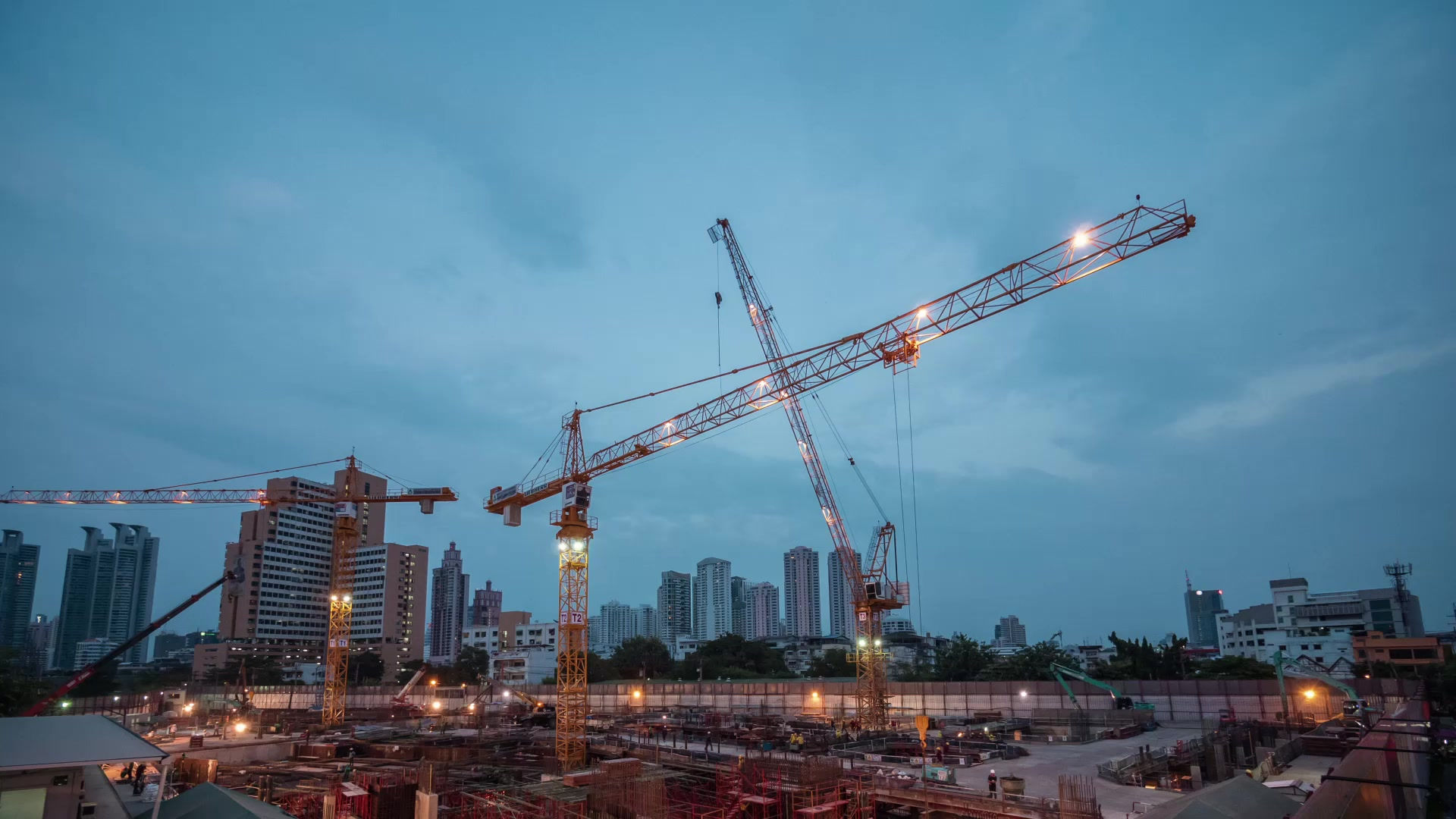🚨 Credit Fraud in Sugar Trading: How It Works and How to Protect Yourself (Text 3)
- joao
- 24 de mar.
- 3 min de leitura
In the sugar (and other commodities) market, credit fraud happens when scammers use fake or misused financial documents to obtain bank financing or supplier credit. Their goal is simple: gain access to money or goods without any intention of paying.
This type of fraud can cause huge financial losses for banks, suppliers, and legitimate buyers. Here’s how it works and what you can do to avoid becoming a victim.
🔍 How Does Credit Fraud Work?
1️⃣ Forging or Misusing Financial Documents
Fraudsters use fake or improperly obtained financial documents to deceive banks, trading companies, or suppliers. The most commonly used documents include:
✅ BCL (Bank Comfort Letter) – Used to falsely indicate that the fraudster has available funds.
✅ RWA (Ready, Willing & Able) – A falsified bank statement claiming the buyer is financially ready to proceed.
✅ POF (Proof of Funds) – A document meant to prove the existence of sufficient funds for a transaction.
📌 The goal: To convince banks or suppliers that they are legitimate buyers so they can secure financing, credit, or even the release of goods without payment.
2️⃣ Obtaining Bank Credit with Fake Documents
Fraudsters present forged or third-party financial documents to financial institutions to obtain:
💰 Import credit lines 📊 Letters of Credit (LCs) 🛢 Supplier advances (Supplier Credit)
🔹 Example:
1️⃣ The scammer presents a fake BCL to a bank, pretending to have significant financial resources.
2️⃣ They request financing for a "sugar purchase" and successfully obtain credit.
3️⃣ Once they receive the money, the scammer disappears without repaying the bank.
3️⃣ Using Fake Guarantees to Obtain Goods Without Payment
Another type of fraud occurs when scammers present fake financial documents to suppliers, convincing them to release shipments without upfront payment.
🔹 Example:
1️⃣ A fake buyer negotiates a large sugar purchase with a supplier.
2️⃣ They send a fraudulent POF or RWA as "proof" of available funds.
3️⃣ The supplier, believing the deal is secure, ships the goods on credit or under unsecured terms.
4️⃣ The scammer resells the sugar at below-market prices and disappears without paying.
4️⃣ Letter of Credit (LC) Fraud – One of the Most Sophisticated Scams
Fraudsters can also manipulate Letters of Credit (LCs) to gain financial advantages without actually having capital.
📌 How does it work?
✅ They negotiate with a bank to obtain an LC based on a fake BCL.
✅ The LC is issued and used to convince real suppliers to ship goods.
✅ The supplier releases the shipment without realizing the LC is fake or non-transferable.
✅ The scammer quickly resells the goods, collects the money, and vanishes.
🛑 How to Protect Yourself from Credit Fraud?
🔎 Always verify document authenticity with the issuing bank before accepting any POF, RWA, or BCL.
📊 Never release goods without a secured payment, especially if the buyer insists on flexible payment terms.
📝 Check the buyer’s history with trade references and previous import records.
💳 Demand secure payment methods, such as confirmed LCs from top-tier banks.
⚠ Be cautious of offers that seem too good to be true or buyers who rush negotiations without due diligence.
💡 Need help structuring a security checklist to assess buyers before closing a deal? I can help! 🚀
Come be our successful partner!
Contact Hus right now and let's talk about your needs.
📞 Contact us via WhatsApp: +5553920007655
📧 Email to João: joao@husglobal.com.br
✅ Quotation procedures: Based on Incoterms ICC500 / 2022
We will be happy to assist you further.


Commentaires